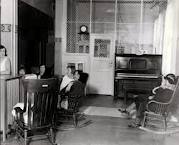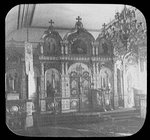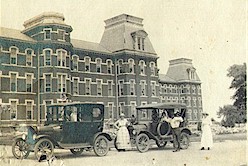The vast expanses of the West usually meant adventure, opportunity, and fresh beginnings for the people who traveled there. However, the road West was rigorous, dangerous, and oftentimes dismal. Frontier travelers could not escape mental illness any more than their brethren in the East could, and authorities quickly understood that they needed to build Territorial insane asylums (The Push West). The Insane Asylum of Arizona was established in 1886 at a cost of $100,000–a tidy sum for such a sparsely populated region.
The asylum’s original capacity was 200 patients. When it opened in 1887, administrators immediately admitted the 61 patients from Arizona Territory (49 males and 12 females) who had been cared for in a Stockton, California institution because of Arizona’s lack of facilities. By 1900, the institution–now named Territorial Asylum for the Insane–held 175 patients. The asylum eventually became overcrowded, since it took in all the Territory’s (and later, state’s) feeble-minded and alcoholics as well as its insane. Because the Territory had so few public institutions for social care, the asylum at first also accepted the merely old or tubercular.
Like most asylums, Arizona’s tried to be as self-sufficient as possible. Set on 160 acres of land about three miles east of Phoenix, the grounds contained a vegetable garden and an area to grow grains. Patients who were able worked in the gardens and helped tend the orchard’s 2,000 trees.








